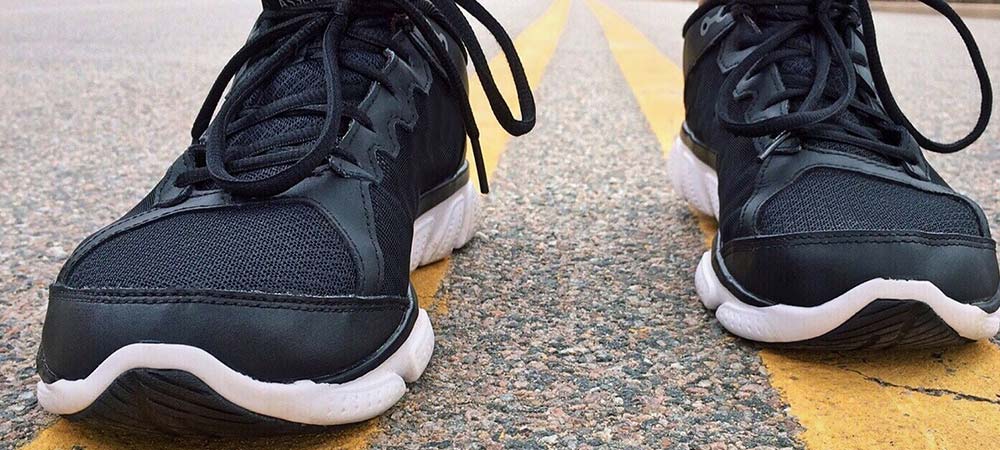How to Stay Fit During Pollen Season

Many people struggle with seasonal allergies. These allergies often make it difficult to get outside and exercise, but should allergies stop anyone from being physically fit and taking care of their bodies? We don’t think so! There are different techniques that can help maintain physical activity even during the worst of the allergy season. They fall into two categories: either choose to combat and be smart about exercising outdoors, or move the workout indoors.
Outdoor Exercise
Outdoor exercise is still possible during allergy season, but it’s important to take steps to help decrease allergy symptoms during, and after, exercising. Here are some techniques to help with allergy symptoms while exercising outdoors during allergy season:
- Talk to a doctor about appropriate allergy treatment for bothersome allergens, including short-term symptom relief and allergy drops to decrease symptoms long-term.
- Know what allergens are offensive and research their peak seasons. By knowing when an allergen peaks, you can make smart choices during that time, for instance, starting medication prior to the season, taking extra precautions, and maybe moving the workout indoors. You can get pollen count information on the National Allergy Bureau website.
- Monitor pollen counts to decide on an appropriate type of workout for the day. Pollen tends to be higher on warm and breezy days. When the pollen count is high, choose a less aerobic exercise like weight lifting or yoga. This well help decrease the amount of pollen inhaled as harder breathing is required for aerobic exercise, which increases how much pollen is inhaled.
- If outdoor exercise is a priority, wearing a mask, like a bandanna and goggles can help reduce the inhalant allergens and the eye irritants, respectively.
- To decrease allergens inside the house, wash your clothes and hair immediately following the workout.
Indoor Exercise
Sometimes allergen levels are too high to comfortably exercise outdoors. When this happens, indoor exercise is a great alternative and there are tips to help avoid allergens indoors, too. You can find great workouts to do indoors without buying exercise equipment. Here are a few tips:
- Choose a room that is allergy free. For example, try not to exercise in a damp basement that may have mold.
- Exercise on a mat instead of carpeting to limit the amount of allergens being stirred up.
- Find exercises that meet your ability that you can perform indoors; for example, use the time indoors to do strength training in between aerobic days such as:
- Yoga
- Weight lifting with dumbbells
- Exercising and stretching with bands
- Squats
- Sit ups
- Jumping jacks
- Lunges
- Planks
- Wall sits
If you’re concerned about how you tolerate exercise during difficult allergen seasons, it’s important to talk with your doctor to make sure you’re cleared based on your individual circumstances. Allergy season can be a challenging time to achieve the physical activity that helps keep your body healthy. Try to aim for at least 2.5 hours of moderate-intensity aerobic exercise per week (like brisk walking), and incorporate strength training twice a week. Alternatively, you could do 1.25 hours of vigorous-intensity aerobic exercise (like jogging or running) and strength training twice a week.
No matter the weather – exercising outdoors or indoors with allergens can be managed, so plan ahead, watch your triggers, manage your treatment and keep on moving!
By Sarah Aubin, Nutrition and Dietetic Student, Allergy Associates of La Crosse
